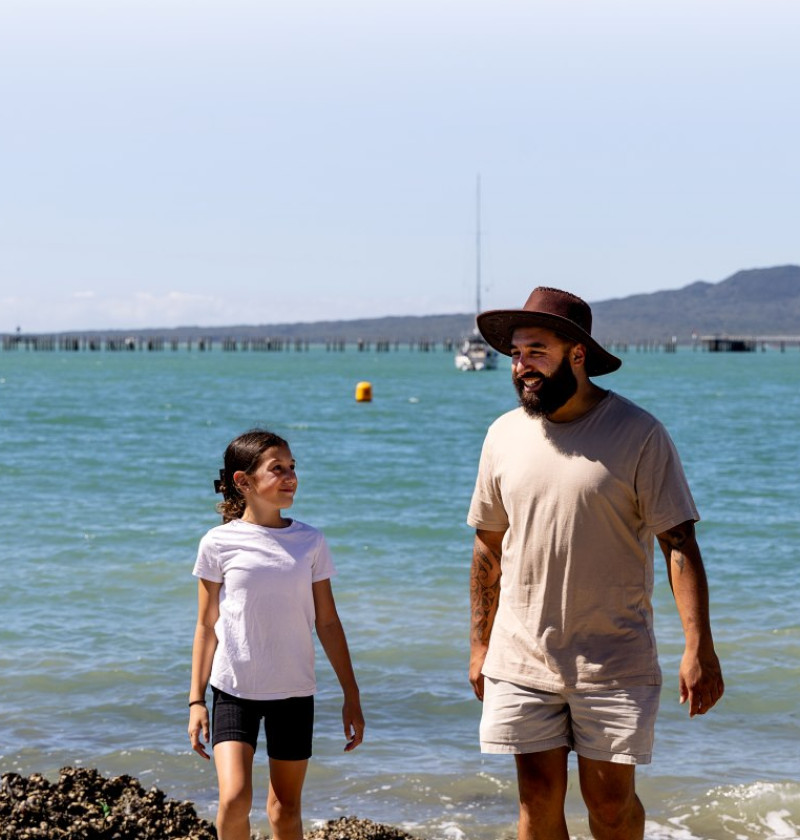3. Impacts of our changing ocean on people, society and the economy


Section themes
Aotearoa New Zealand’s coasts and oceans play a major role in how we live, work and connect with each other, and with the natural world. But as the climate changes, so does the marine environment, and we are increasingly feeling the consequences in our homes, communities and industries.
Rising sea levels and more frequent, intense storms are placing coastal communities at greater risk of inundation, infrastructure damage, and coastal flooding and erosion. Homes, roads and public spaces in low-lying areas are becoming more vulnerable. Some communities are already facing difficult decisions around long-term resilience.
Cultural and recreational connections to the coast are also under pressure. Beaches, estuaries and coastal tourism sites are places of gathering, identity and wellbeing. For Māori, many coastal sites are important wāhi taonga, with deep ancestral significance. As these places change or become less accessible, the impacts are felt not only in terms of land use, but also in the erosion of cultural heritage and community cohesion.
Climate change also presents both risks and opportunities for marine primary industries. Warmer waters, shifting species distributions and ocean acidification are affecting fisheries and aquaculture operations, with potential implications for productivity, biosecurity and market access. At the same time, innovation and adaptation in these sectors – such as low-emissions aquaculture and climate-resilient species – offer pathways to future resilience and economic sustainability.

3. Impacts of our changing ocean on people, society and the economy
October 2025
© Ministry for the Environment